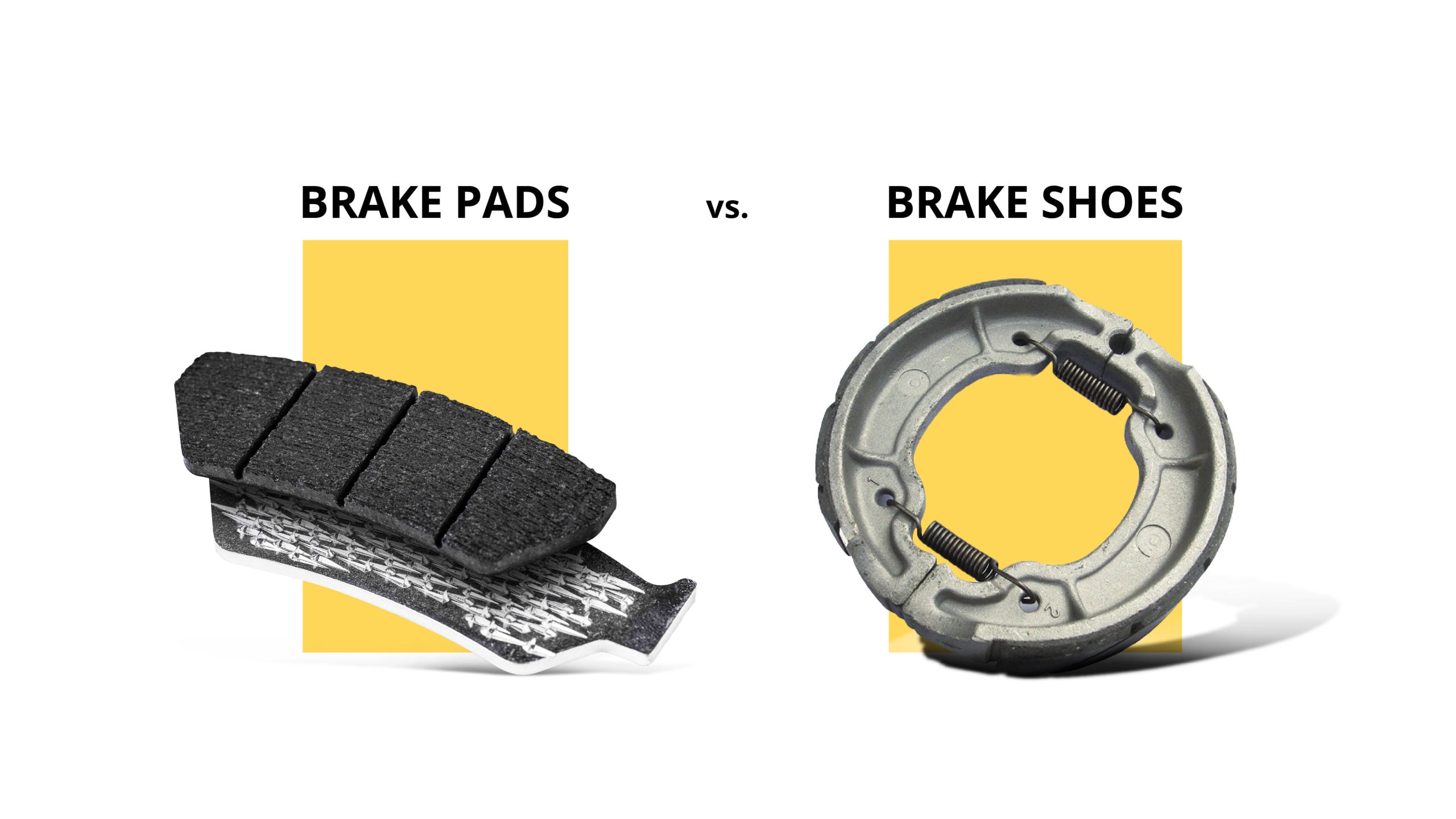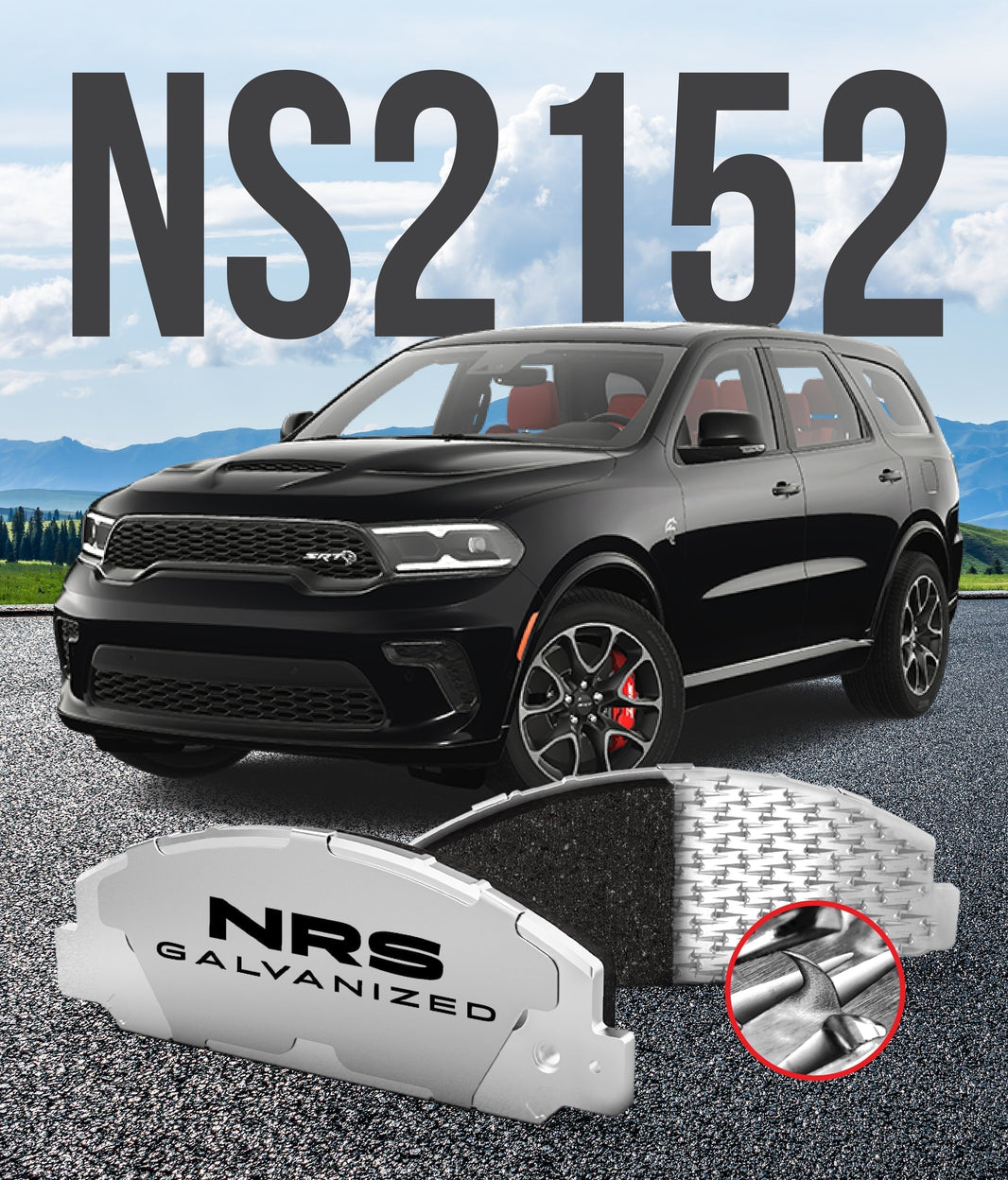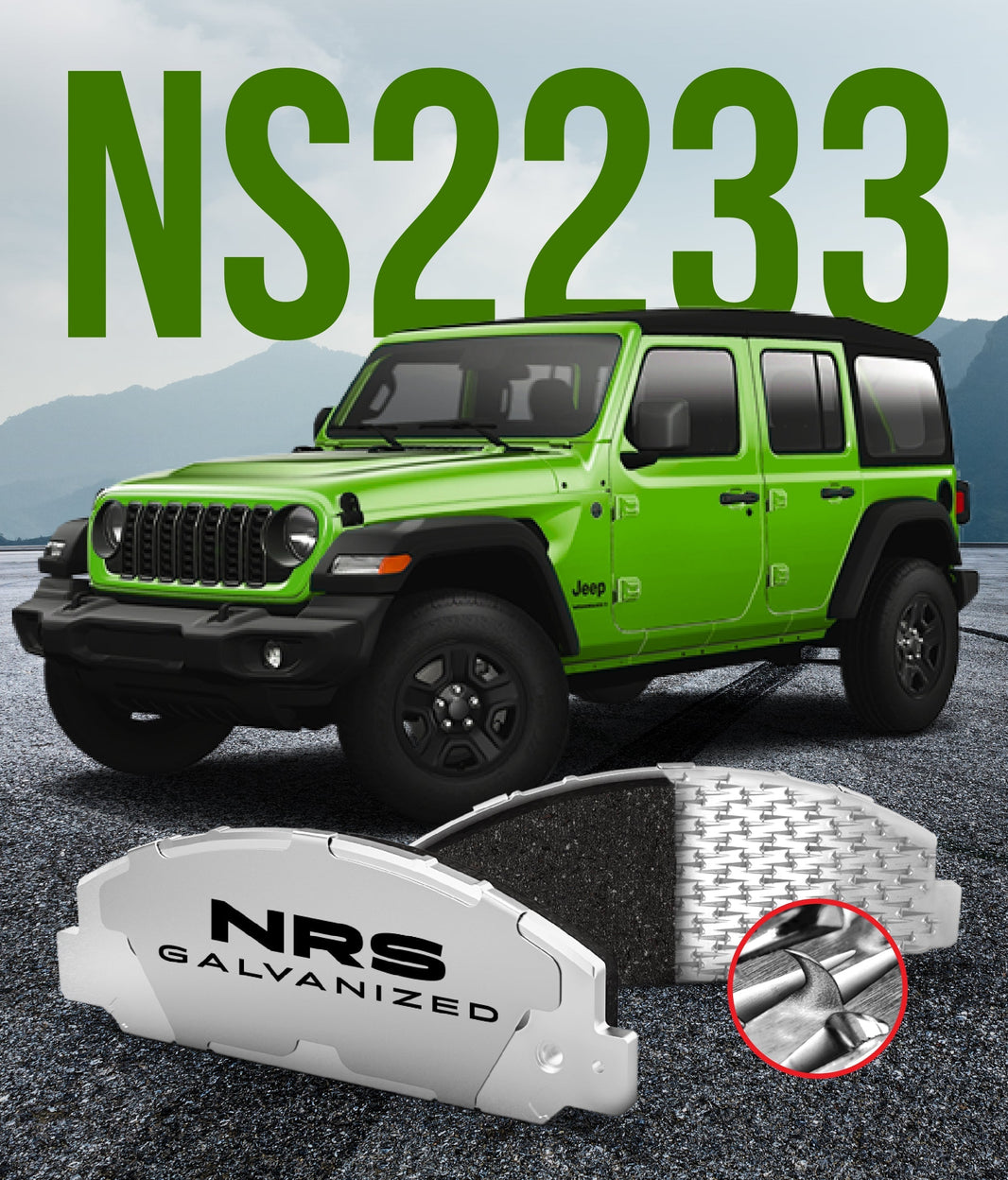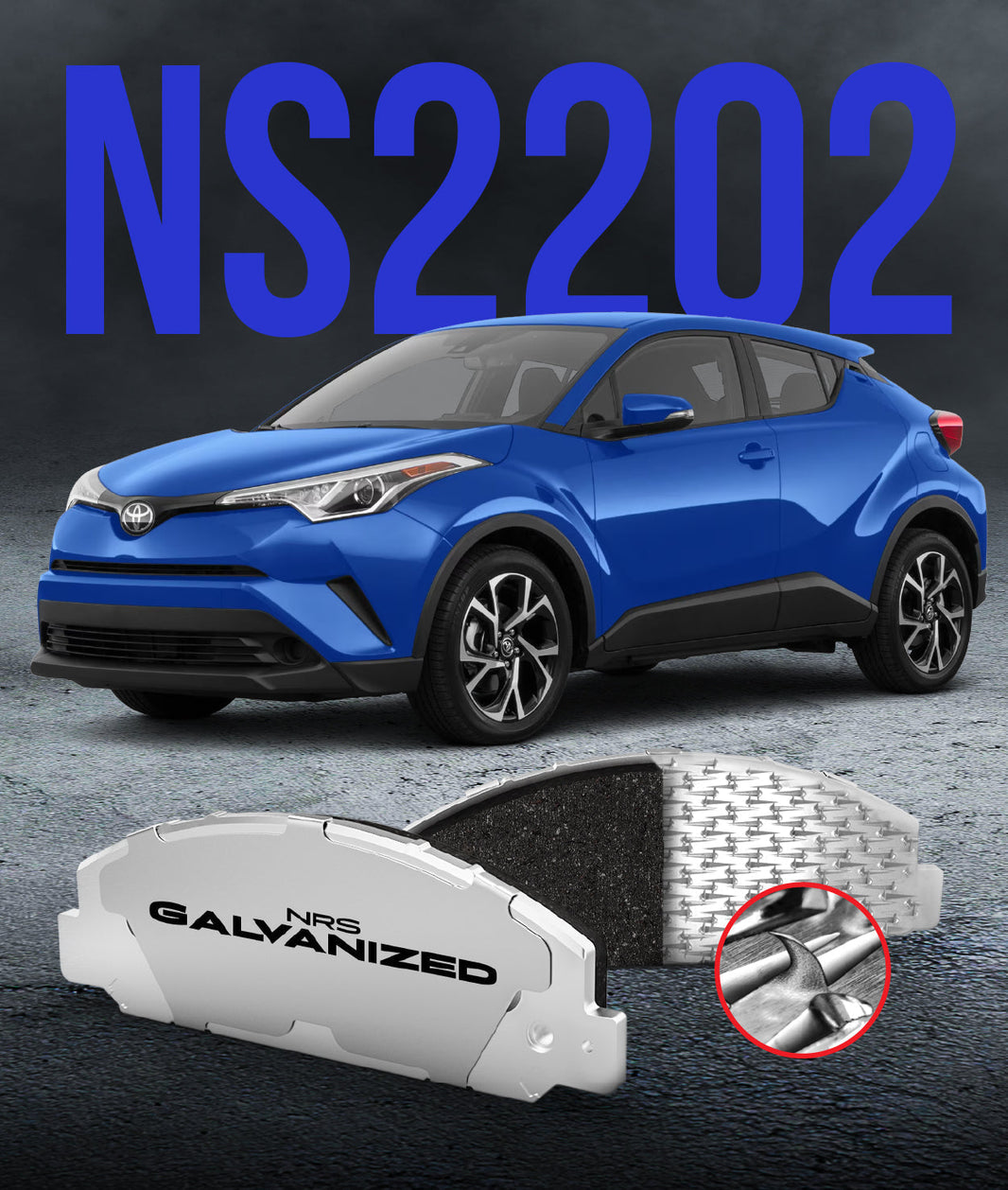
Brake pads and brake shoes are both used in braking systems, but there is a difference between the two and most drivers are unaware of this distinction. In this article, we are going to break down the differences between brake shoes and brake pads.
What Are Brake Shoes?
The brake shoes are a component of the drum brake system in a vehicle. They are made of a tough, heat-resistant material and are attached to the brake drum.
When the brake pedal is depressed, the brake fluid pushes the brake shoes against the brake drum causing it to rotate and slow the car down.
Brake shoes are made of a number of different materials, but the most common one is asbestos. Asbestos brake shoes were once very popular because they were able to withstand high temperatures without melting.
However, asbestos has since been linked to a number of health problems so many companies have started to manufacture brake shoes using other materials.
What Are Brake Pads?
Brake pads are a component of the disc brake system. They are the part that comes into contact with the brake rotor to slow or stop a vehicle.
When you step on the brake pedal, it sends hydraulic fluid to the brake calipers. This fluid puts pressure on the brake pads which squeezes the rotor.
When the rotor turns it also turns the wheel. The friction between the pads and rotor creates heat which in turn slows the car down.
Brake Pads vs. Brake Shoes
There are a few key differences between brake pads and brake shoes and here they are below:
1. Positioning
The brake pads are positioned on the rotor (the rotating part of the wheel). This is the most common type of brake system. On the other hand, the brake shoes are positioned inside the drum (a metal cylinder attached to the wheel).
2. Wear
Brake shoes are typically enclosed within the brake drum which helps keep them dry and free from corrosion. On the other hand, brake pads are exposed to more dirt, dust, and road grime, which can cause them to wear out more quickly.
3. Stopping Power
The brake pads in a disc braking system push and squeeze inward on the brake disc, providing greater braking power. Brake shoes do the opposite as they pull away from the brake drum. This is why brake pads provide greater braking power and are more commonly used in disc braking systems.
Do You Need Brake Pads or Brake Shoes?
When the time comes to replace your brake pads or brake shoes, it’s important to understand the difference between the two.
Brake pads are the most common type of brake system and work with the caliper to press the brake rotor against the brake shoe.
Brake shoes, on the other hand, are less common and use a brake band that wraps around the brake drum to press it against the brake shoe.
So which one do you need? If you have a disc brake system, you’ll need brake pads. If you have a drum brake system, you’ll need brake shoes.
Both brake pads and brake shoes have a limited lifespan and must be replaced from time to time. How often they need to be replaced depends on a variety of factors including the make and model of your vehicle, driving habits, and the quality of the brake pads/shoes.
NRS Brakes
NRS brake pads are made to provide superior braking power and extended pad life. They are also designed to be quiet and low-dust so you can keep your car clean and running smoothly.
For more information, visit us at NRSBrakes.com




